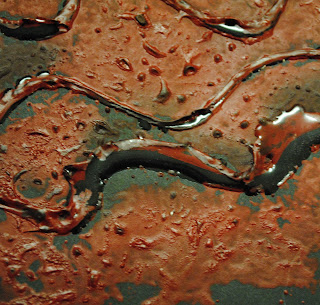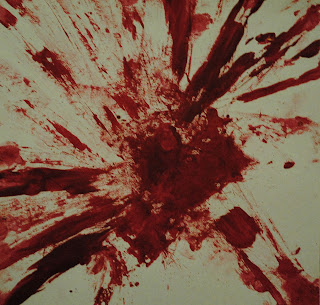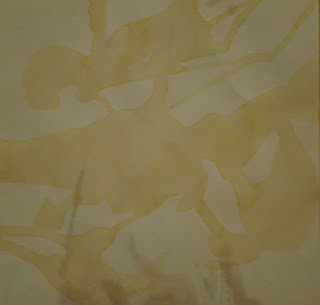What holds a piece of art together...
Conceptually
Formally
- elements- line,point,shape,color,value,texture, and space
- principles of organization- repetition, gestalt (closure, continuance, proximity, and similarity), placement, balance(symmetrical/formal, asymmetrical/informal), unity, harmony, contrast, scale, proportion
We also looked at works done by a variety of different artists:
- Picasso, Egon Schiele, George Firosz, Otto Dix, Hans Bellmer, Frida Kahlo, Benito Mussolini, Jean Dubuffet, George Baselitz, Andy Warhol, Roy Lichtenstein, Carol Schneemann, Chuck Close, Philip Pearlstein, Judy Chicago,Lucian Freud, Leon Golub, Cindy Sherman, Jean-Michel Basquiat, Eric Fischt, Jenny Saville, Ron Mueck, Vanessa Beecroft, Louise Bourgeuis
Harmony
Thematic unity- bringing together lots of similar objects,shapes, or forms.
repetition with variety.
repetition without variety can evoke negative feelings about a world of robotic meaningless jobs and institutionalized living.
To much variety threatens information overload, and chaos
Hillman Curtis said "themes have power. They can communicate so much more than literal messaging. As designers we have the opportunity to draw attention to theme through our designs...Without communicating a theme, our designs will simply be pretty pictures...a bouquet of roses with no note attached."
Balance
Symmetrical about the vertical axis - when the main object is placed in the very center of the picture, with an equal distribution of elements at either side.
Asymmetrical- when there is more appearing to be going on to one side of the composition than the other.
Radial balance-symmetry in circular or spherical space, with lines or shapes growing and radiating from a central point.
Crystallographic balance- when there is equal emphasis or an allover pattern with an absence of a focal point, where the eye is attracted everywhere and nowhere.
Formal Balance (Static symmetrical balance)-generally and usually symmetrical and it is characterized by the repetition of identical or similar elements on wither side of a central axis
Informal balance- is asymmetrical and more curvilinear, and it is often fluid and dynamic, creating a sense of curiosity and movement.
Inverted symmetry- half is inverted
Biaxial symmetry- uses 2 axis of symmetry, vertical and horizontal



















































